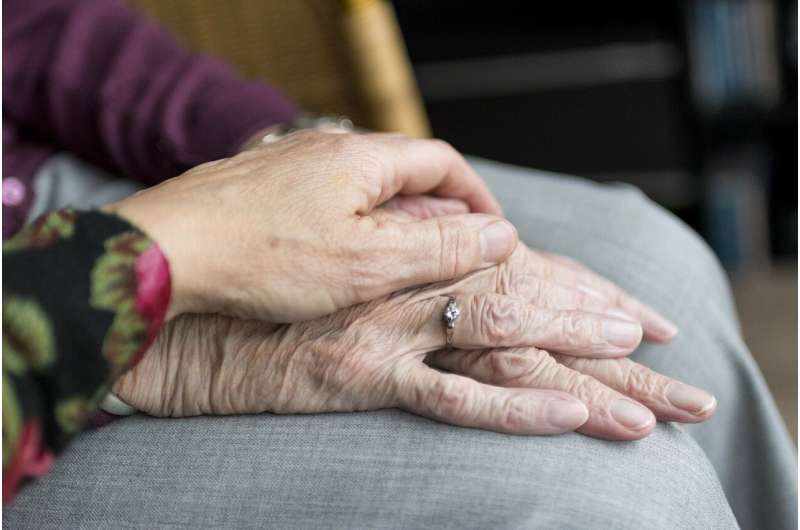Intervention leads to increase in primary care screenings for older adults

Falls and dementia are some of the most common syndromes affecting the health of older adults, but many primary care physicians are not specifically trained to screen for them. The Indiana Geriatrics Education and Training Center (Indiana GETC) created a successful intervention combining education and workflow that increased primary care screenings for these geriatric conditions.
“There is a shortage of geriatrics specialists, so most older adults receive care from a primary care provider. That’s why it is so important to integrate geriatrics into primary care,” said lead study author Debra Litzelman, M.D., M.A., research scientist at Regenstrief Institute and the principal investigator and director of Indiana GETC. “We created an intervention that improves attitudes toward older adults and leverages teamwork to integrate these important screenings into care delivery. This study demonstrates that this intervention can be successfully implemented in primary care settings.”
The Indiana GETC delivered an interdisciplinary education course for primary care providers and staff including medical assistants, nurses, and social workers about older adults’ specific health concerns and screenings. They also created an electronic health record (EHR) flow sheet with screening questions that would be automatically triggered for office visits of patients 65 years or older. Each survey was only two questions and delivered by medical assistants as the patient was being taken to the exam room. Results were then communicated to the primary care provider.
The intervention was rolled out at eight Federally Qualified Health Centers in a health system in Indianapolis. More than 6,600 geriatric patients were cared for during the course of this study. Populations served were 51 percent Black and 33 percent Caucasian.
The study team found that after the education sessions, provider attitudes toward older patients and perceptions of the importance of a team approach to care became significantly more positive.
Screening rates also increased during training, and continuously increased afterward. This has happened at all sites for both dementia and falls surveys.
“The greater understanding of the needs of older adults provided by the education sessions likely primed the care teams to implement changes related to screenings,” said Dr. Litzelman. “The fact the screeners did not disrupt the patient flow was also a key to success. This intervention is actively being shared with other national Geriatrics Workforce Enhancement Programs.”
Source: Read Full Article
